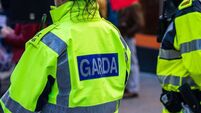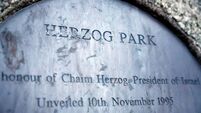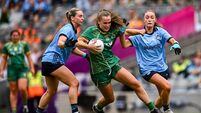Watching what you eat is all about know-how
We’re a group of seven: A married couple in their 60s, a man in his 50s, two mothers of young children, one lady in her 60s, and then myself, a time-poor working mother of two who is somewhat cynical about this enterprise.
Everyone here has spent €25 to go on a tour of a supermarket with a dietician from the Bon Secours Hospital in Cork. When I heard about these supermarket shopping tours, I burst out laughing. “For people with more money than sense,” I snorted.













